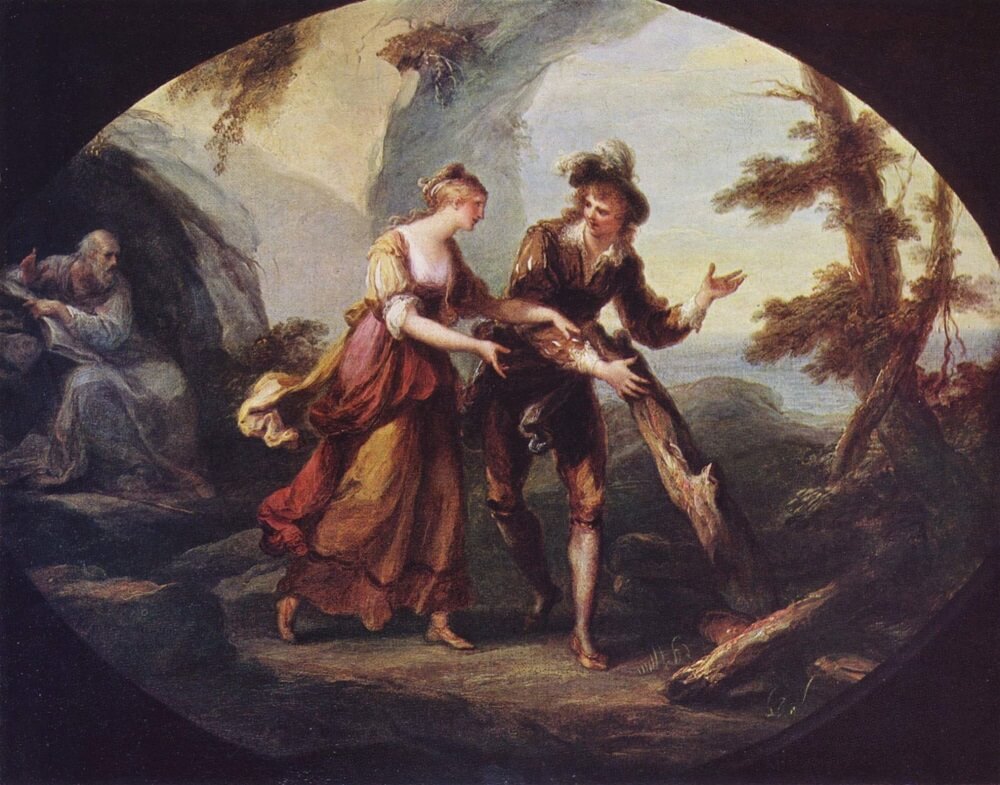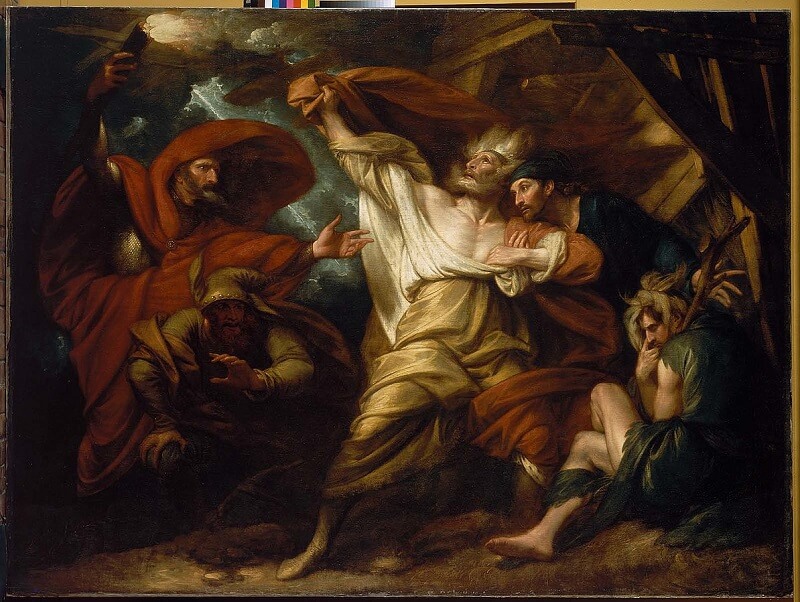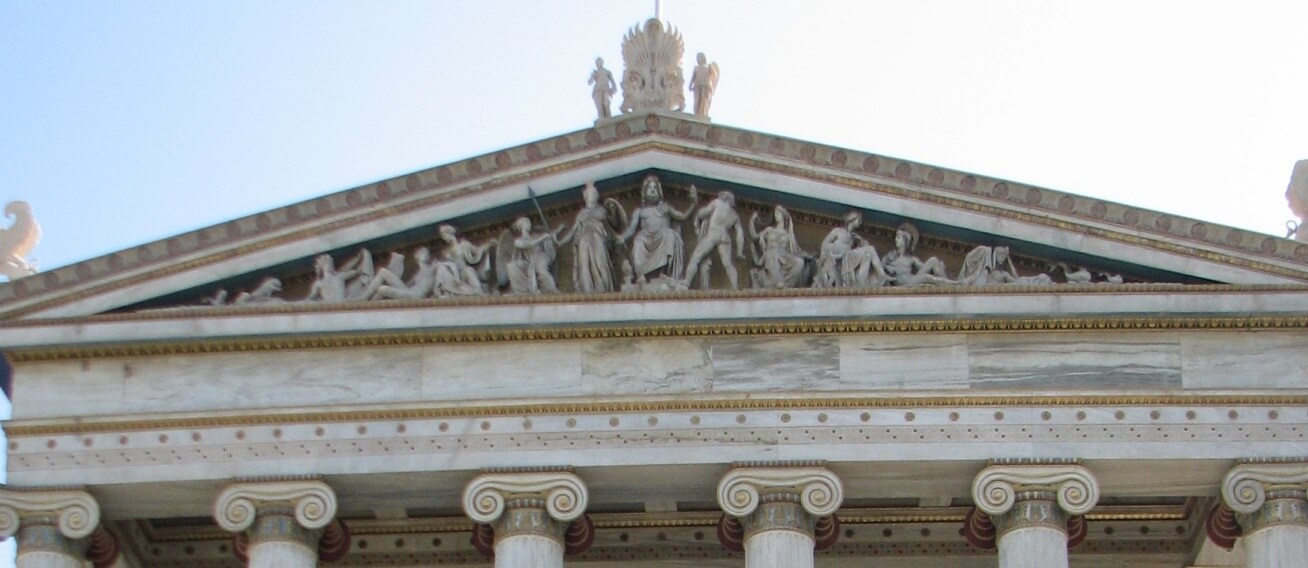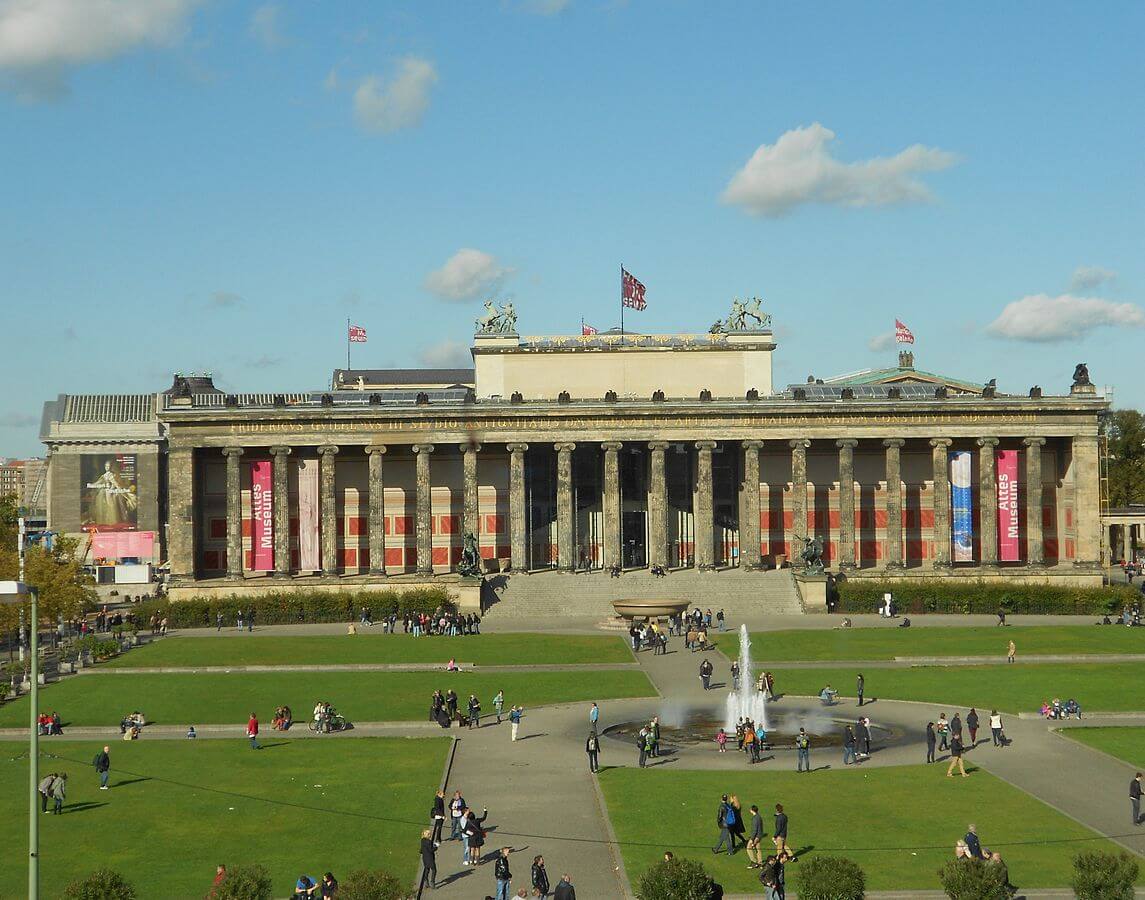 Western Art Movements I
Art Movements
Western Art Movements I
Art Movements


 Western Art Movements I
Art Movements
Western Art Movements I
Art Movements

Study the artwork for one week.
Over the week:
Featured Movement:
Neoclassical Movement Characteristics:


Neoclassical Movement Subjects:



Neoclassical Architecture:





Activity 1: Can You Find It?
Find the following in the artwork:

Activity 2: Narrate the Artwork
Activity 3: Read Aloud an Excerpt of Act III, scene i from 'The Tempest'
MIRANDA
FERDINAND
Activity 4: Classify the Artwork

Activity 5: Recreate the Artwork
